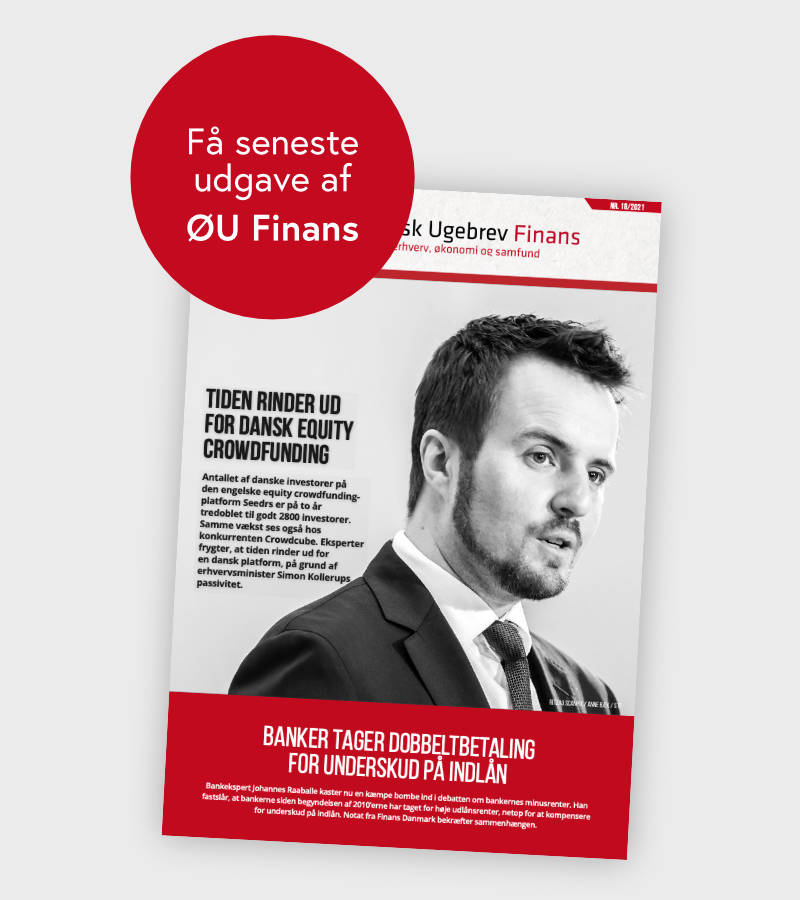In recent months, real estate investors and the construction industry have faced a massive wave of costs. Bund yields increased from almost -0.4% in December to over 1.7% in June. Mortgage rates also rose sharply. Added to this was the wrangling over KfW subsidies. This probably dampened demand from home builders and buyers as well as from investors. At the same time, the war in Ukraine increased energy and metal prices and consequently construction prices. These had already risen sharply due to supply bottlenecks. In May, they rose by more than 17% year-on-year, a 50-year high.
In short, after 13 years of boom, the good mood abruptly toppled and was replaced by a phase of exorbitantly high uncertainty. In addition, many investors probably realized how extraordinary the boom had been since the financial crisis and some thought it was time to cash out. A small wave of selling occurred. According to Hypoport, house and apartment prices fell by more than 2% from February to June 2022.
Economically, however, contrary developments were at work. The interest rate shock was certainly the main drag. However, the decline in construction activity reduces future supply and tends to increase prices. This is all the more effective as new construction in 2021 (published in May 2022) was crippled, contrary to our expectations. Only around 293,000 homes were built, roughly 13,000 fewer than in 2020.
Even more significant for the fundamental supply shortage is the wave of refugees from Ukraine. For this reason alone, we now expect an influx of almost 1.6 million people in aggregate in 2022 and 2023 (previously: 1 million). Added to this is the high level of immigration from other countries, which already returned to normal in the second half of 2021. In 2021 as a whole, the net migration rose to 329,000 people. This influx massively exacerbates the shortage of housing. According to our calculations, the fundamental supply shortage will not be alleviated until 2025 (previously according to our Housing Market Outlook: 2023).
Many investors, the construction industry and possibly also financiers may have taken too little account of another significant development. Although we experienced a small nominal interest rate shock in 2022, the actual burden for many investors is likely to be less than the rise in interest rates suggests.
First, the amortization of a traditional annuity loan is falling. According to Dr. Klein, the annual average amortization rate has fallen from near 2.7% in January to below 2.3% in June. Second, and more importantly, real interest rates fell to an all-time low of historic dimensions due to very high inflation. Currently, real Bund yields are at around -7%. If inflation remains structurally high, for which there are good reasons based on loose monetary and fiscal policy, demographics and geopolitical rebalancing, then the real credit burden falls. Assuming structurally high inflation, given an average annual repayment rate of 2.3%, real repayment is more significant than nominal repayment for many borrowers. This is true at least if the borrower’s income increases with inflation.
For the homebuilder, the inflation offset could come through rising wages. For investors, either via higher rents, although restrictive regulation implies low rent growth, or via a higher resale price. Given the large bottlenecks, sellers are likely to be able to enforce an inflation compensation.
The increase in the fundamental supply shortage is driving up prices, as is high inflation and the resulting trend toward a borrower-friendly environment.
Last but not least, due to the feared recession, nominal Bund yields have fallen by around 1 percentage point from June to date. So, there are good reasons why prices could stabilize and pick up in the coming months. As a result, we don’t think the end of the house price cycle is a foregone conclusion.
However, the uncertainty shock and the very volatile economic situation overall are likely to mean that price momentum will remain rather subdued in any case. This means that the 13-year phase, in which falling interest rates and at the same time the severe shortage of housing made almost any real estate investment successful, is over. If, in view of the poor sentiment, prices do indeed fall further or even massively, we expect only a temporary decline in prices. The massive housing shortage and negative real interest rates are likely to push prices up again.
















